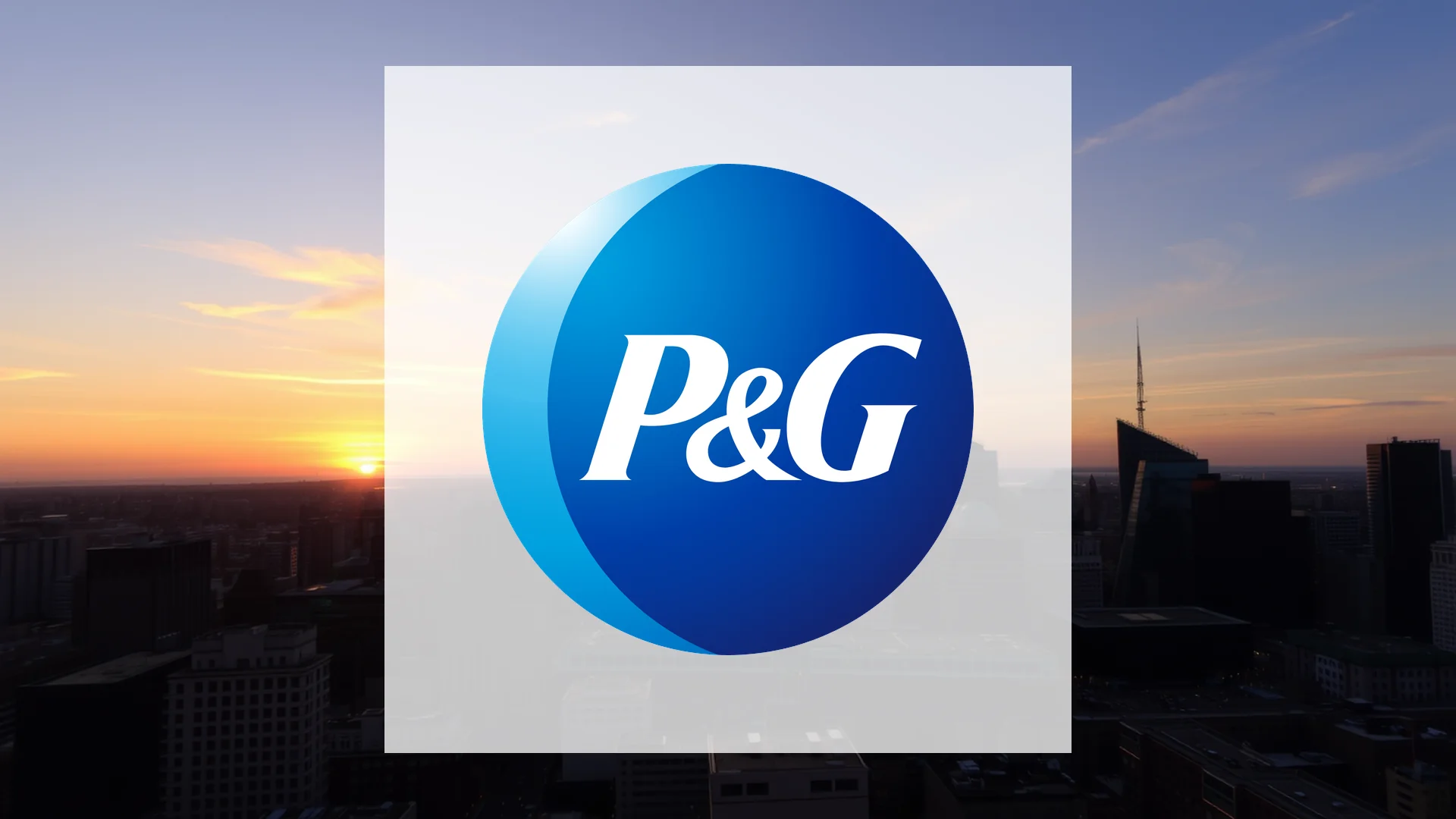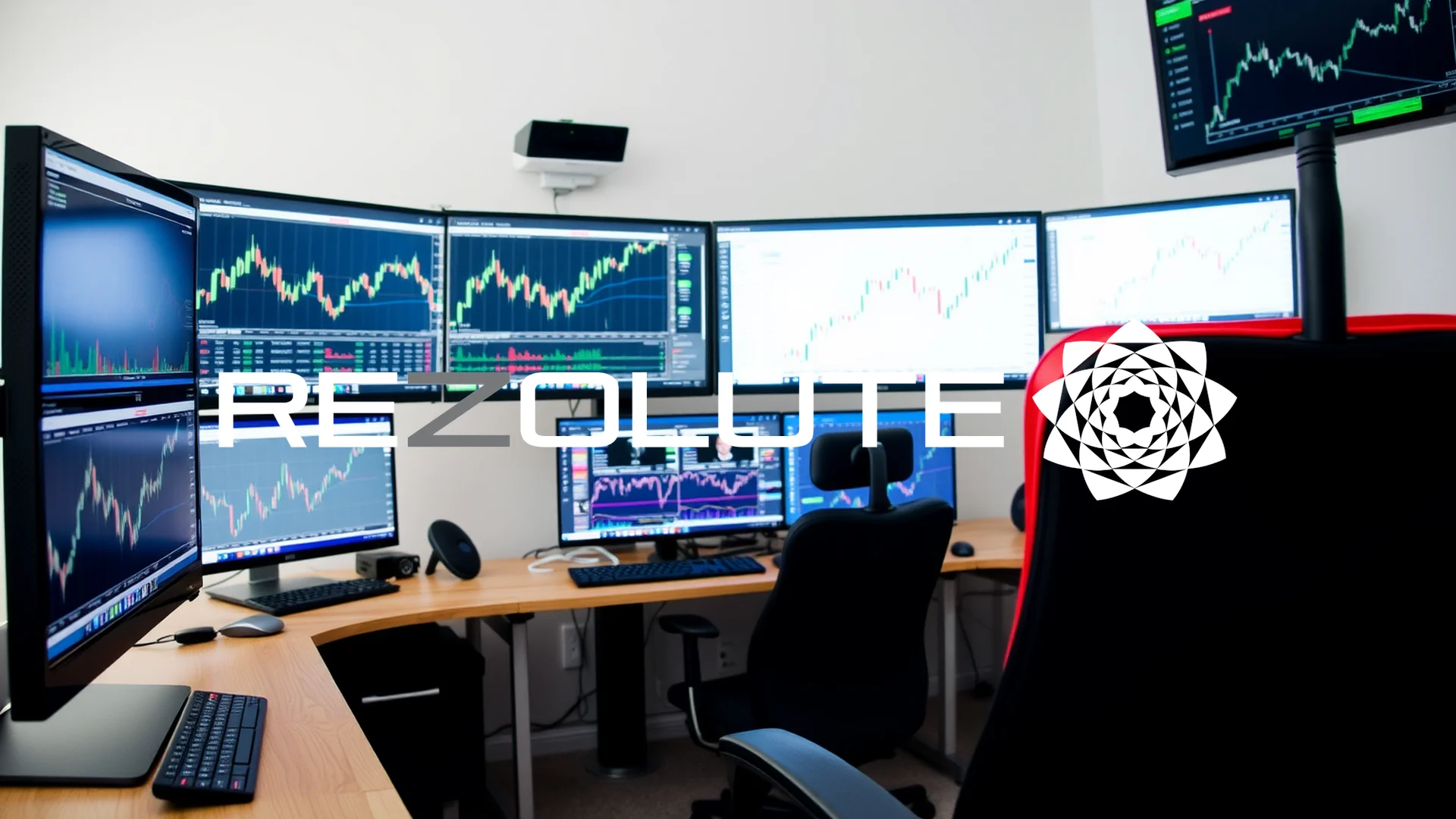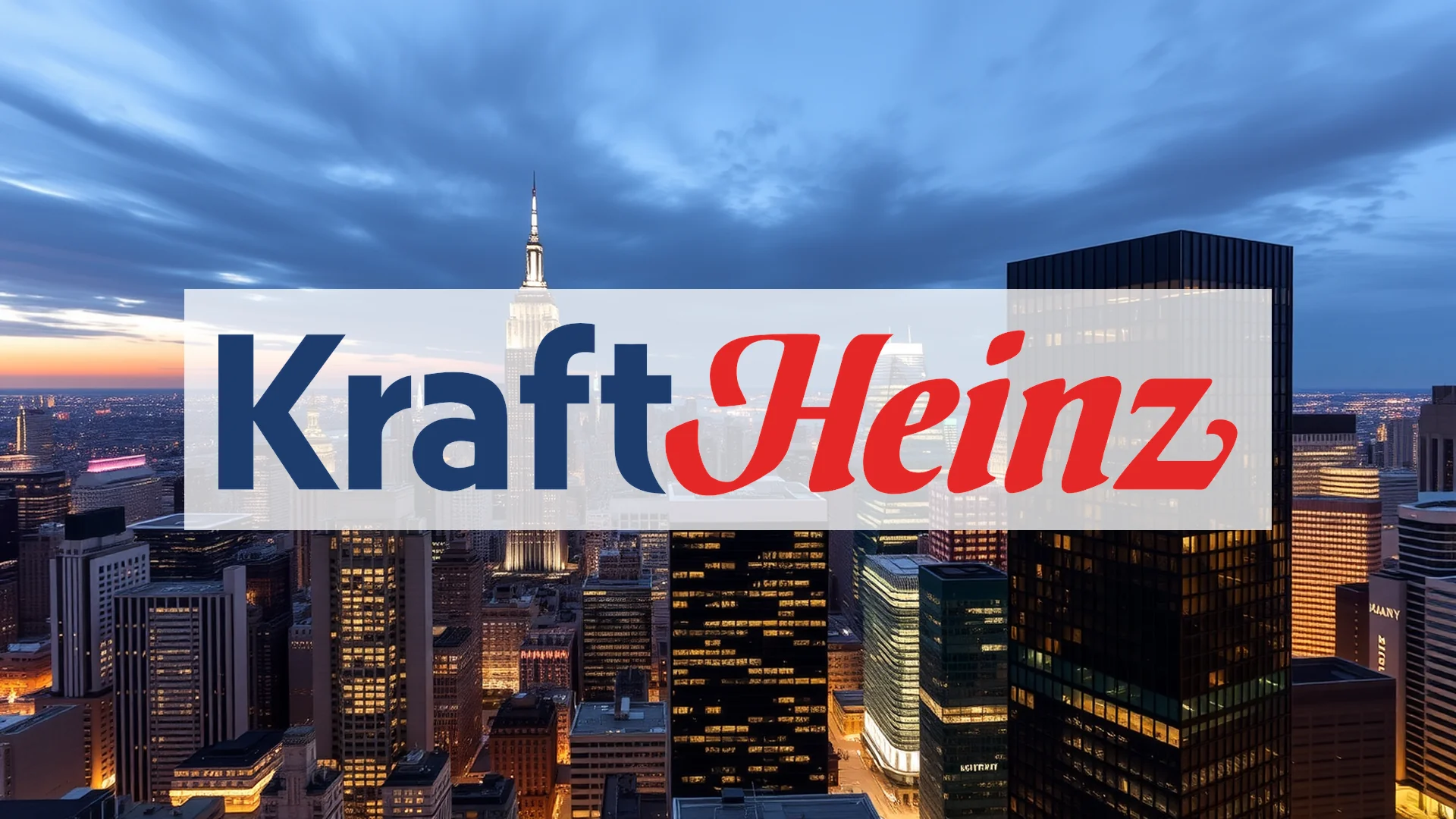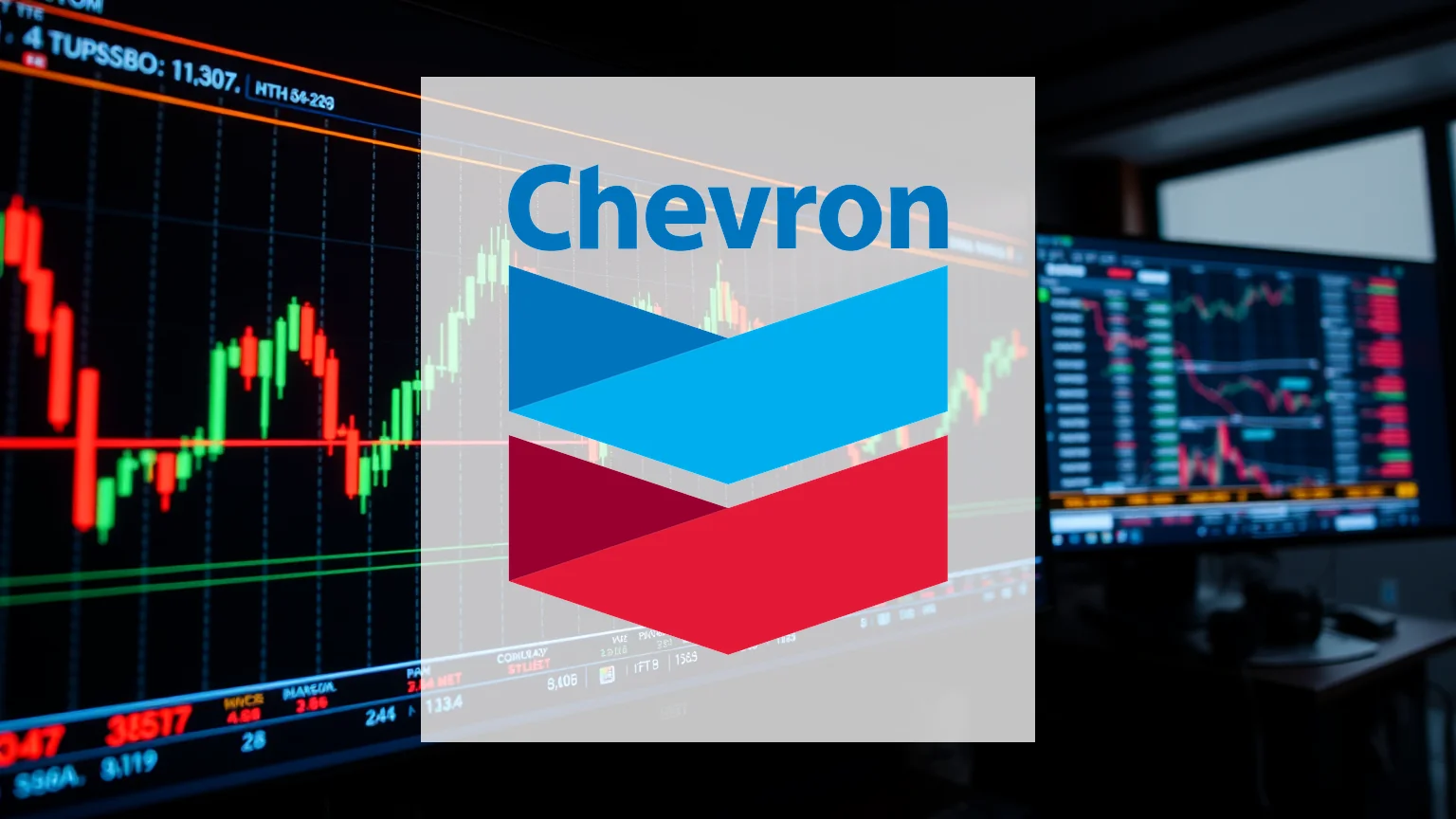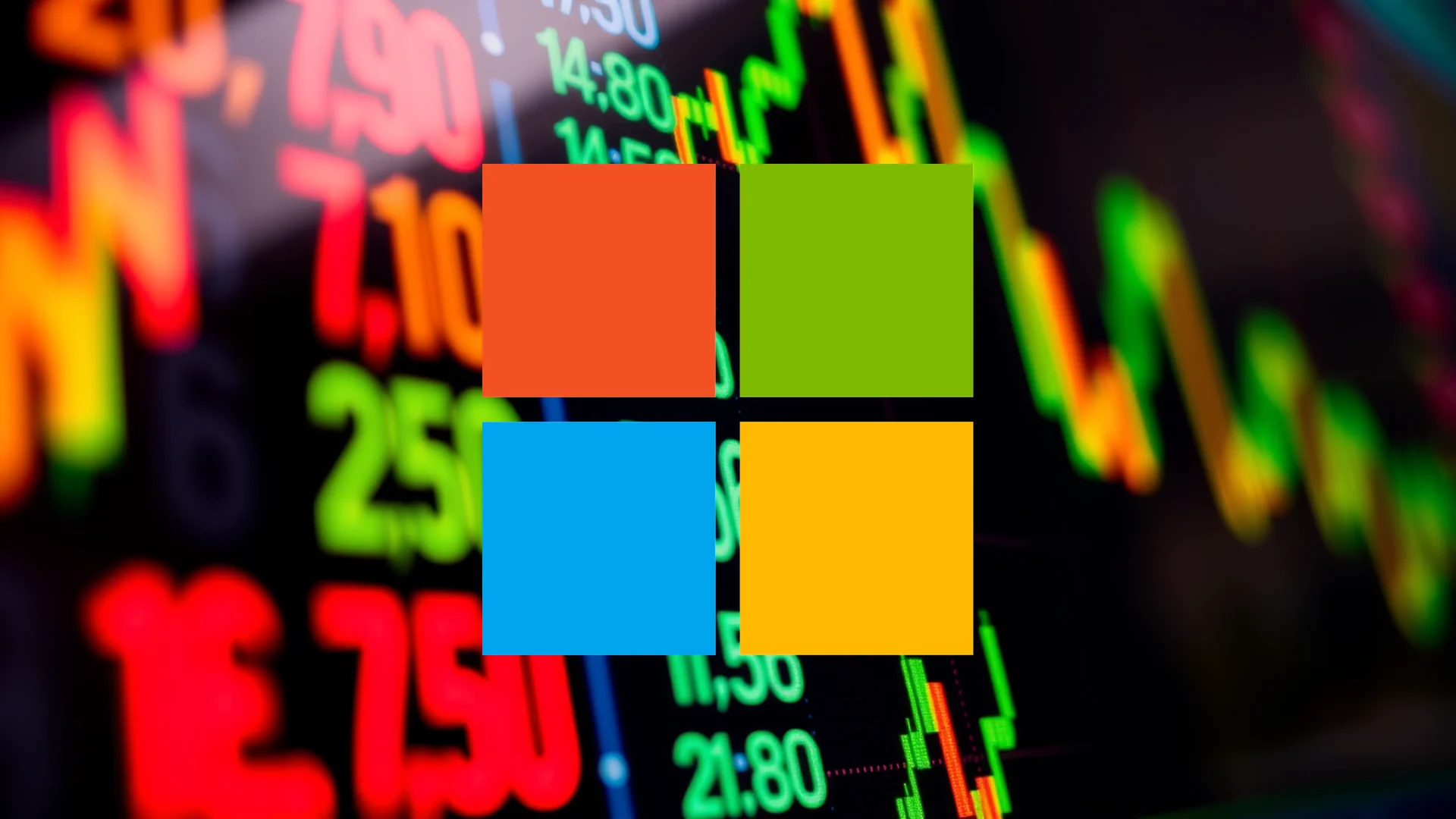Investors in Procter & Gamble are currently facing a puzzling contradiction. Despite the consumer goods behemoth delivering another quarter of solid financial performance, its stock has been trending downward since the start of the year, creating a growing divergence between operational results and market valuation. This raises questions about whether broader market turbulence alone explains this disconnect or if more fundamental concerns are at play.
Institutional Confidence Amid Market Pressure
While the share price struggles, significant institutional investors are demonstrating notable confidence in P&G’s long-term prospects. Recent activity shows Jennison Associates increasing its stake by 3.3 percent, while Simon Quick Advisors made a more substantial move, boosting its position by 42.1 percent. These strategic players appear to be viewing the current weakness as a potential entry point.
However, contrasting signals emerged from corporate leadership. Chief Accounting Officer Matthew W. Janzaruk disposed of shares valued at over $100,000 in late October—a transaction that typically draws investor scrutiny. This mixed picture leaves market participants weighing whether P&G faces a fundamental valuation reset or whether current prices represent a strategic opportunity for the iconic consumer goods company.
Quarterly Performance Versus Market Reaction
The company’s first quarter 2026 results presented compelling evidence of operational strength. Revenue reached $22.4 billion, supported by 2 percent organic growth. The Beauty segment stood out with an impressive 6 percent increase, while adjusted earnings per share climbed to $1.99, exceeding projections from market analysts.
Should investors sell immediately? Or is it worth buying Procter & Gamble?
Rather than rewarding these achievements, investors responded with caution. The stock’s significant decline since January creates an apparent paradox that has market participants looking deeper into the company’s outlook. Concerns about moderating growth trajectories and ongoing margin pressures appear to be outweighing the positive quarterly numbers in investors’ assessments.
Dividend Reliability Confronts Growth Questions
One undeniable strength remains P&G’s extraordinary dividend history. The company has maintained uninterrupted dividend payments for 135 years and has increased its payout for 69 consecutive years. In the last quarter alone, $3.8 billion returned to shareholders through distributions. This consistency establishes P&G as a defensive cornerstone in investment portfolios.
Yet this very stability highlights the central dilemma: Is the corporation expanding rapidly enough to maintain its competitive position in an increasingly challenging marketplace? While management reaffirmed annual targets in their latest guidance, they simultaneously cautioned about persistent cost pressures and necessary investment requirements, creating uncertainty about future growth potential.
Ad
Procter & Gamble Stock: Buy or Sell?! New Procter & Gamble Analysis from December 17 delivers the answer:
The latest Procter & Gamble figures speak for themselves: Urgent action needed for Procter & Gamble investors. Is it worth buying or should you sell? Find out what to do now in the current free analysis from December 17.
Procter & Gamble: Buy or sell? Read more here...

